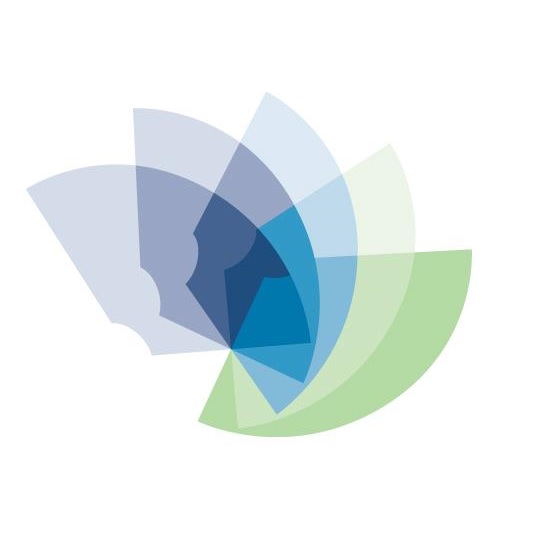Brief description
This dataset contains Lagrangian drifter trajectories from the Connectivity Modelling System (CMS) in the Southeast Indian Ocean. CMS was forced with ocean velocity fields from TROPAC01. These experiments were executed by Christopher Bull of the ARC Centre of Excellence for Climate System Science (ARCCSS) as part of Christopher’s PhD candidature; this experiment was focused on sources of the Leeuwin Current. TROPAC01 is a high-resolution ocean general circulation model, developed by the European Drakkar cooperation [Barnier et al., 2007] it is based on the NEMO [v3.2 Madec, 2008] code. Specifically, it is a 1/10 horizontal resolution model of the tropical Indo- Pacific region (spanning the area from 73° E–63° W to 49°S – 31° N), nested within a half-degree global ocean/ sea-ice model. More information on the model configuration used for this experiment can be found in [van Sebille et al., 2014]. Using the velocity fields from TROPAC01 we then use the Connectivity Modelling System (CMS) v1.1 [Paris et al., 2013] to integrate the virtual particles in three-dimensional time-evolving flow.
Version v1.0 of this dataset includes asci raw model output of CMS trajectories and the forcing file (seedfile) that enables a user to calculate absolute time of a particle’s location.
Created: 18 11 2014
Data time period: 1960 to 31 12 2009
User Contributed Tags
Login to tag this record with meaningful keywords to make it easier to discover
- DOI : 10.4225/41/586B03419764C



